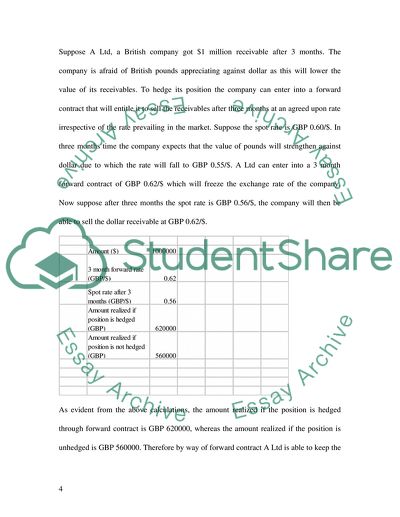Cite this document
(Currency Forward and Currency Futures Coursework - 3, n.d.)
Currency Forward and Currency Futures Coursework - 3. Retrieved from https://studentshare.org/finance-accounting/1569113-international-finance
Currency Forward and Currency Futures Coursework - 3. Retrieved from https://studentshare.org/finance-accounting/1569113-international-finance
(Currency Forward and Currency Futures Coursework - 3)
Currency Forward and Currency Futures Coursework - 3. https://studentshare.org/finance-accounting/1569113-international-finance.
Currency Forward and Currency Futures Coursework - 3. https://studentshare.org/finance-accounting/1569113-international-finance.
“Currency Forward and Currency Futures Coursework - 3”. https://studentshare.org/finance-accounting/1569113-international-finance.


